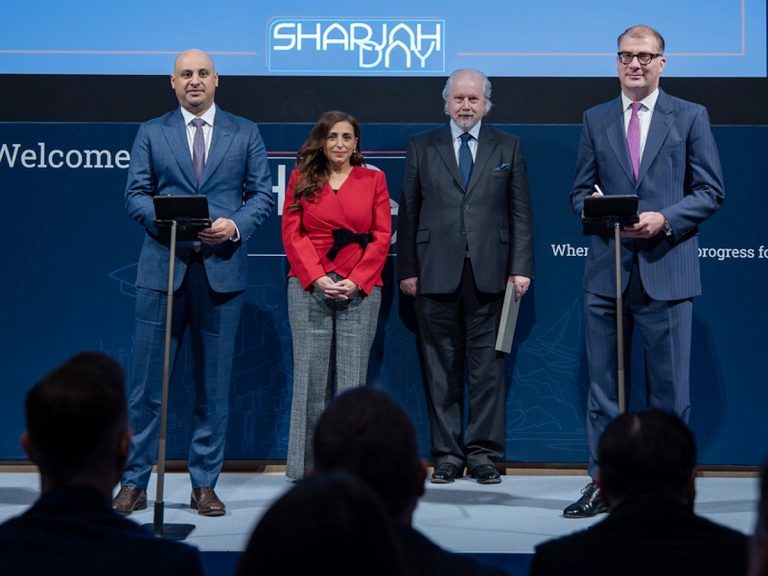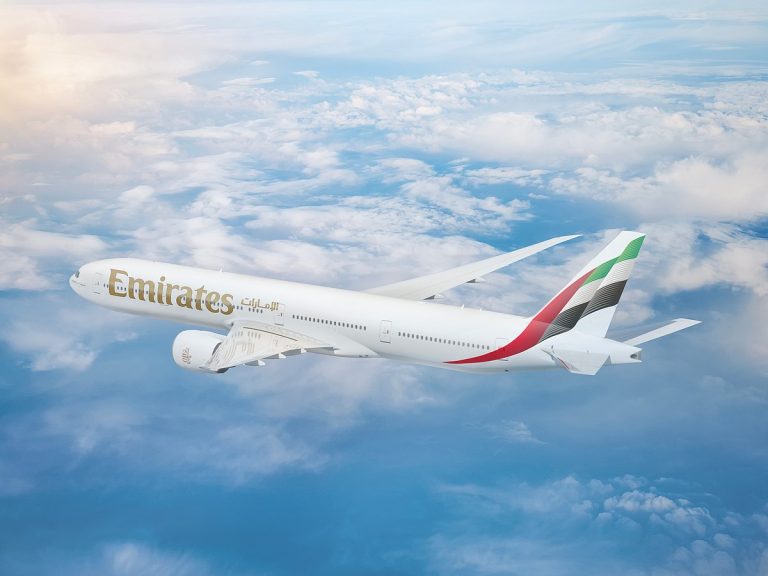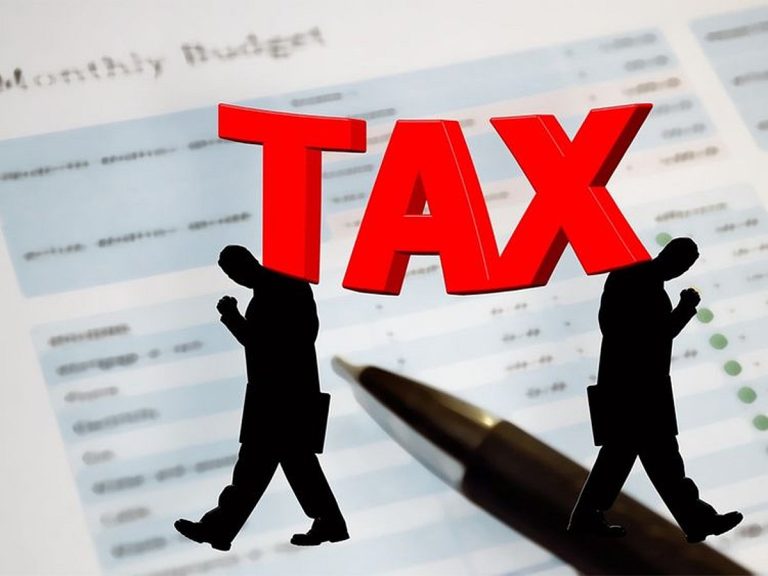Record Gold Prices in Dubai: Key Factors Explained
Recent trends in gold prices have captured the attention of investors and consumers alike, particularly in Dubai, where prices have reached new heights. As global uncertainties continue to influence market dynamics, the demand for gold as a safe-haven asset has surged, leading to significant price increases.
Current Gold Prices in Dubai
On Tuesday, 24-karat gold in Dubai was priced at Dh525.25 per gram, while 22-karat gold reached Dh486. This marks a notable increase following a period of volatility in the market. In India, the prices mirrored this trend, with 24-karat gold at ₹13,069 per gram and 22-karat at ₹11,980.
Global Influences on Gold Prices
The rise in gold prices is not isolated to Dubai. Globally, gold has found support amid easing trade tensions and expectations surrounding potential US government resolutions. Additionally, the prospect of interest rate cuts in the US has contributed to bullish sentiment. Spot gold recently surpassed $4,200 per ounce, with analysts from major financial institutions like HSBC predicting it could reach $5,000 per ounce by 2026.
Changing Consumer Behavior
As prices climb, consumer behavior in the UAE and neighboring Gulf states is shifting. While Dubai is known as a global trading hub for gold, the high prices are leading some consumers to reconsider their purchases, opting for lighter jewelry or alternative investments. In India, where gold holds both cultural and investment significance, shoppers are increasingly comparing international prices and timing their purchases strategically.
Caution Amidst Optimism
Despite the bullish trend, analysts advise caution. Technical indicators suggest that the price momentum, which has been building since August, may be overextended. Any significant easing of geopolitical tensions or macroeconomic pressures could lead to a price correction.
FAQs
What factors are driving the recent increase in gold prices?
The increase is primarily driven by heightened demand for gold as a safe-haven asset amid global uncertainties, expectations of US interest rate cuts, and increased inflows from central banks and ETFs.
How are consumers in Dubai responding to rising gold prices?
Consumers are becoming more selective, with some opting for lighter jewelry or alternative investments due to the high prices, while others are timing their purchases more strategically.
What are analysts predicting for gold prices in the near future?
Analysts from major banks, including HSBC, forecast that gold prices could reach $5,000 per ounce by 2026, driven by ongoing demand and market dynamics.
Conclusion
The surge in gold prices in Dubai reflects a complex interplay of global economic factors and changing consumer behavior. As investors and consumers navigate this evolving landscape, staying informed about market trends and potential price corrections will be crucial for making informed decisions.
The gold market is influenced by a variety of factors, including geopolitical tensions, inflation rates, and currency fluctuations. In recent months, the ongoing conflict in various regions and economic uncertainties have heightened the appeal of gold as a secure investment. Investors often turn to gold during times of instability, which can lead to increased demand and, consequently, higher prices. Additionally, the weakening of the US dollar against other currencies can make gold more attractive to international buyers, further driving up prices.
In the UAE, gold is not only a popular investment but also a significant part of cultural traditions, particularly during weddings and festivals. This cultural affinity for gold can sustain demand even in the face of rising prices. Retailers in Dubai are adapting to the changing market by offering a wider range of products, including smaller, more affordable pieces of jewelry, to cater to consumers who may be hesitant to make larger purchases. This strategic shift reflects an understanding of the evolving preferences of buyers in a fluctuating economic environment.
Moreover, central banks around the world have been increasing their gold reserves as a hedge against economic uncertainty. This trend has contributed to the overall demand for gold, as central banks seek to diversify their assets. The interplay between retail demand and institutional buying creates a complex market dynamic that can influence price movements. As the global economy continues to face challenges, the role of gold as a financial safeguard is likely to remain prominent, shaping market trends in the foreseeable future.
Also Read:
Gold Prices Steady in Dubai Amid Global Market Changes







